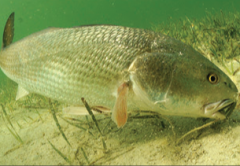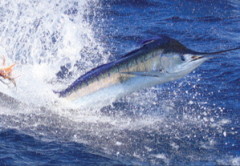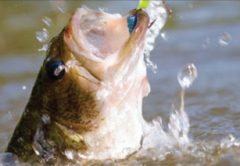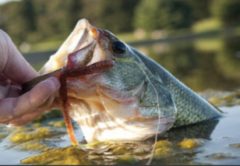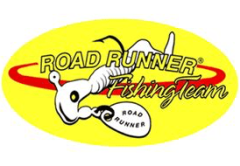Fishing on the Indian River and the Mosquito Lagoons is starting to come alive after a long winter. Redfish could be found tailing on the shallow flats and each day more and more baitfish are returning to the flats. Many of the predator fish will begin to turn the focus of their diet to this newly arrived food source. Redfish in the Mosquito Lagoon will eat crabs and shrimp all year long but during the warmer months, they also feast on mullet, pinfish, pigfish, and other small fish, so shifting your lure selection from shrimp and crab to finfish patterns is a good move.
Speaking of sea trout, the topwater bite will turn on this month, fish around the schools of mullet with your favorite topwater plus for best results. Try fishing the topwater plugs at first light and stand by for some explosive action. Also remember the water is starting to warm up and warm water holds less oxygen, so practicing catch, photo, and release will help keep our stocks healthy.
Near-shore along the beaches, concentrate your efforts in the areas of active bait pods (pogies). Typically, when you see concentrated areas of bait with birds feeding on the surface, big predator fish are just as active underneath. Species feeding on these pods include kingfish, tarpon, jack crevalle, redfish, cobia, and sharks. Also, tripletail and flounder numbers should be improving around the Port Canaveral buoys.
Rising water levels on the St Johns River will facilitate the movement of larger spawning channel and blue catfish out of the big lakes into the swifter bends of the river to spawn. Fish the deeper bends on the river on the bottom with cut bait or fresh peeled shrimp and hold on. These breeders can range from only a few pounds to over 30 plus pounds.




